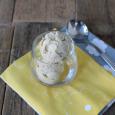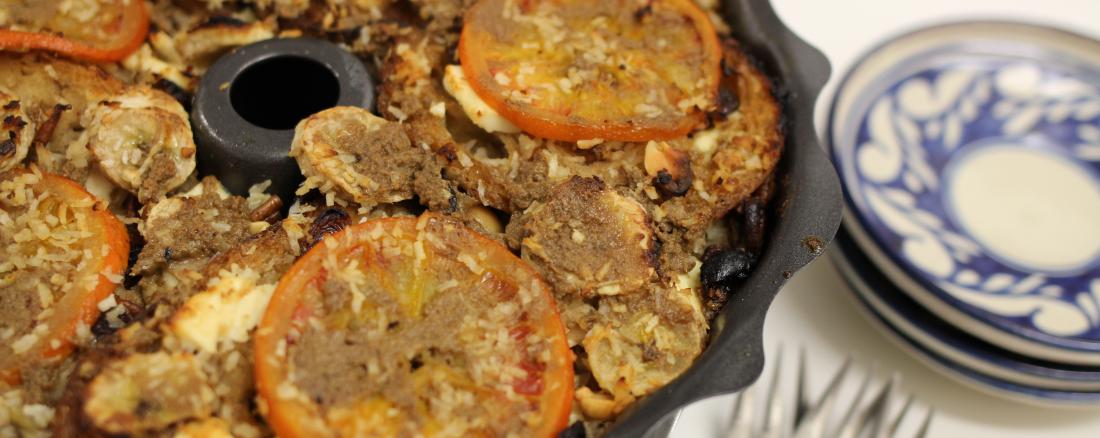
After 17 years in Ireland, I've grown use to missing things... I miss my family and I miss seeing my niece and nephews grow. I miss a lot of birthdays, christenings, weddings and of course funerals... I miss friends, I miss the sun, I miss my mama's cooking and my papa's rants. I miss fruit (papayas or mangos never taste right here) and truth be told, I miss taco trucks too. I miss the running up to Christmas and the Christmas markets and I miss the buzz of Independence month in Mexico every September... there is a time of year, however, that makes me feel glad I live in this tiny, evergreen island... and that is Easter.
Easter was always a somber and serious time for me growing up in Mexico. Despite not being very religious, my mam would take us to see the stations of the cross being enacted on the streets and then go home to watch a lot of Jesus movies. Before the joys of Cable and Netflix, you were guaranteed a dose of Ben-Hur, Jesus of Nazareth, Barrabas, The Prince of Egypt and the 10th Commandments movies on holy Thursday and Good Friday. If you were lucky, they'll show The King and I and late at night, during the witching hour, you could catch the 1970s movie version of Jesus Christ Superstar (although you wouldn't tell anybody you watched it as it was too racy for a Jesus Movie).
In short, all I remember of my growing up years and Easter is being UBER bored! No Easter Eggs, no Easter dinner with lamb and stuffing and all the trimmings. No Easter bunny, no easter chocolates and definitely no egg hunts. Very, very sad indeed! There was one thing that made it all worth it though: Capirotada!
Capirotada is a mish-mash of things that, on paper sounds a little gross, but in reality, make a delicious dish! It is a bread pudding traditionally cooked during the lent period and always eaten on Good Friday. Some people class it as a dessert, for me and my family, is a meal! My mother would always make a huge batch of this for Good Friday and we would sit to eat it with joy and gusto! I made it in a ring cake tin, but you can use a regular pyrex dish or a square tin. As long as it is sealed and gives you enough depth to do 3 layers. There's a lot of liquid in this dish, so avoid loose bottom tins! I hope you enjoy it as much as I did!
Grease a ring cake tin with some vegetable oil. Make sure to grease every bit of it evenly. Set aside.
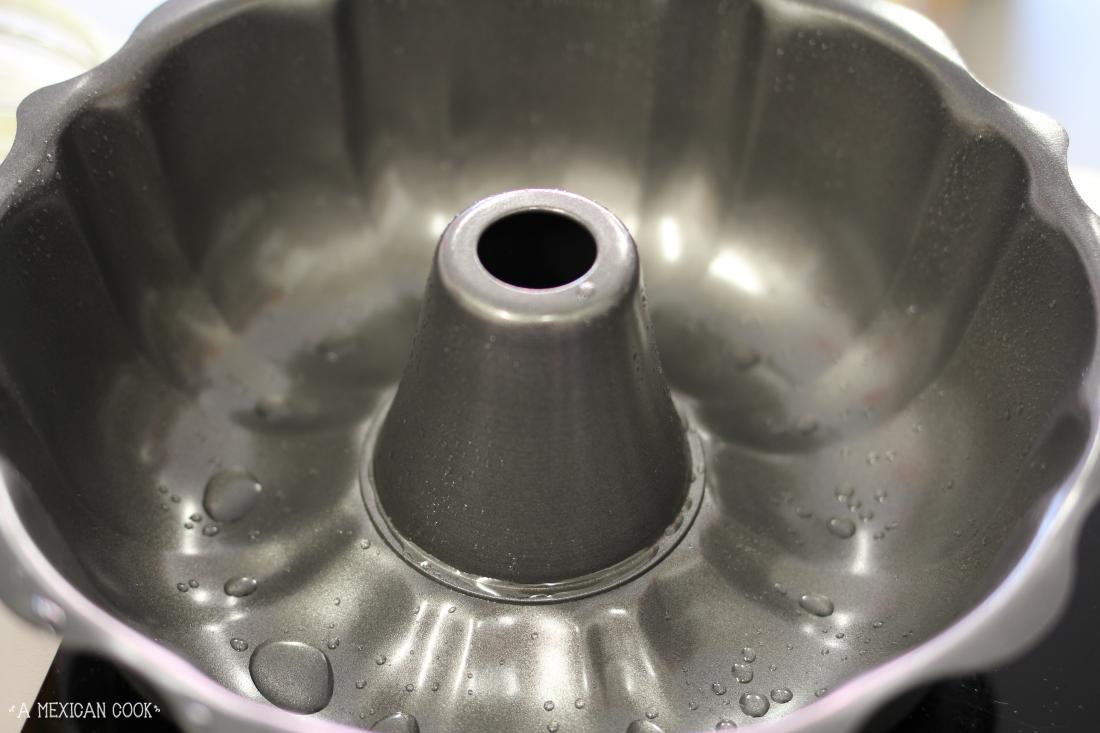
Put the cinnamon and the 1.5 litre of water in a pot on high heat. Bring the water to a boil and simmer it for 8 minutes to infuse it with the cinnamon. Set aside.
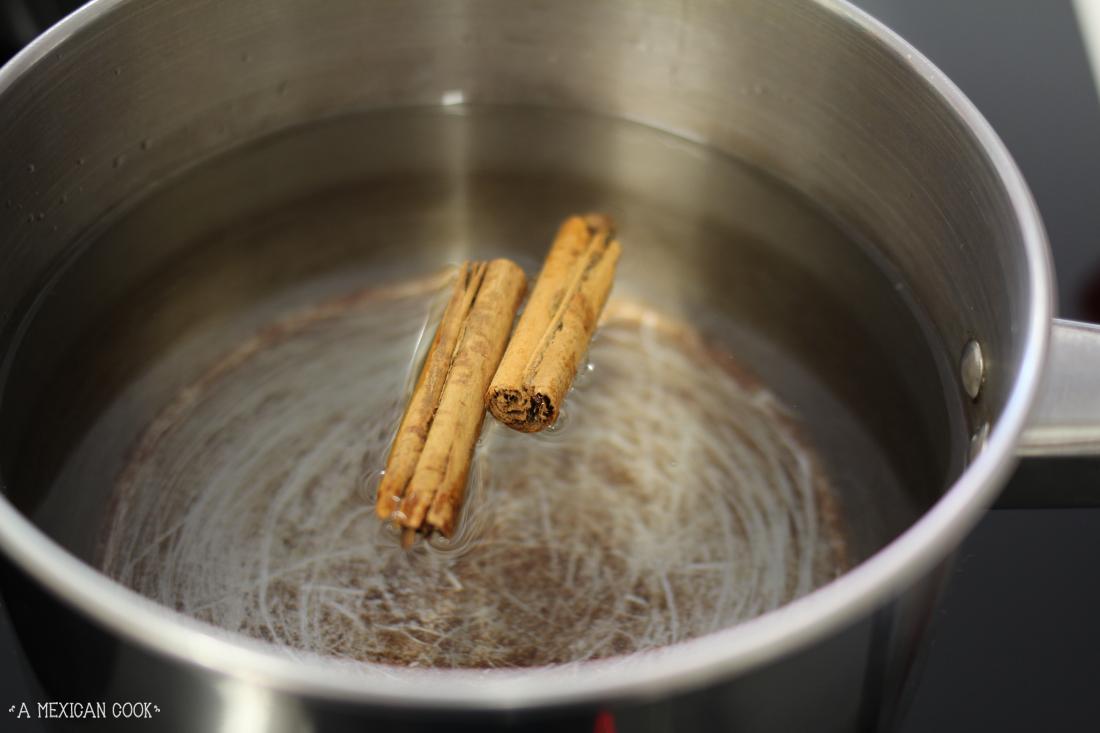
While the cinnamon infusion is cooking, put the cloves and the remaining 1/4 cup of water into a pestle and mortar and grind the cloves in the water. You should end up with a murky and fragrant liquid. Set aside.


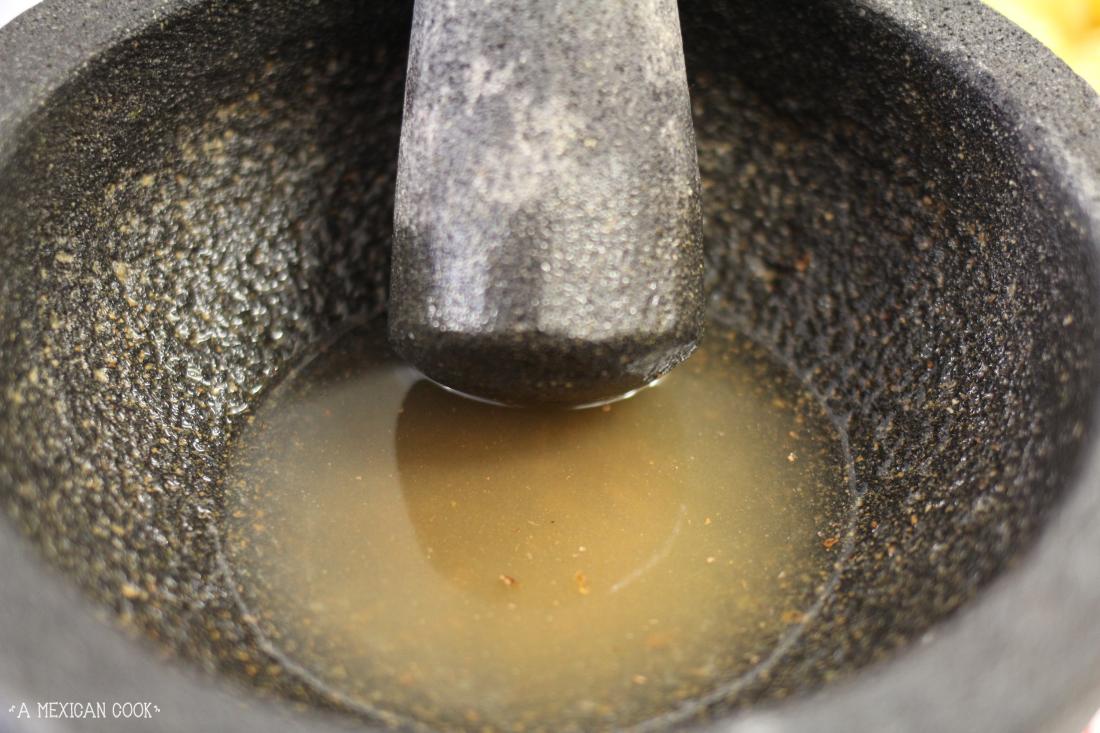
Heat the teaspoon of oil in a large, deep pan or pot at medium heat. Make sure you choose a large pan/pot with capacity for 2 to 2.5 litres of liquid. When the oil is hot, add the tomato and onion slices and fry them gently on both sides. Add the murky clove and water mixture from the previous step to the pan and the springs of fresh coriander and cook all this gently for 2 minutes. The smell of this is truly amazing!

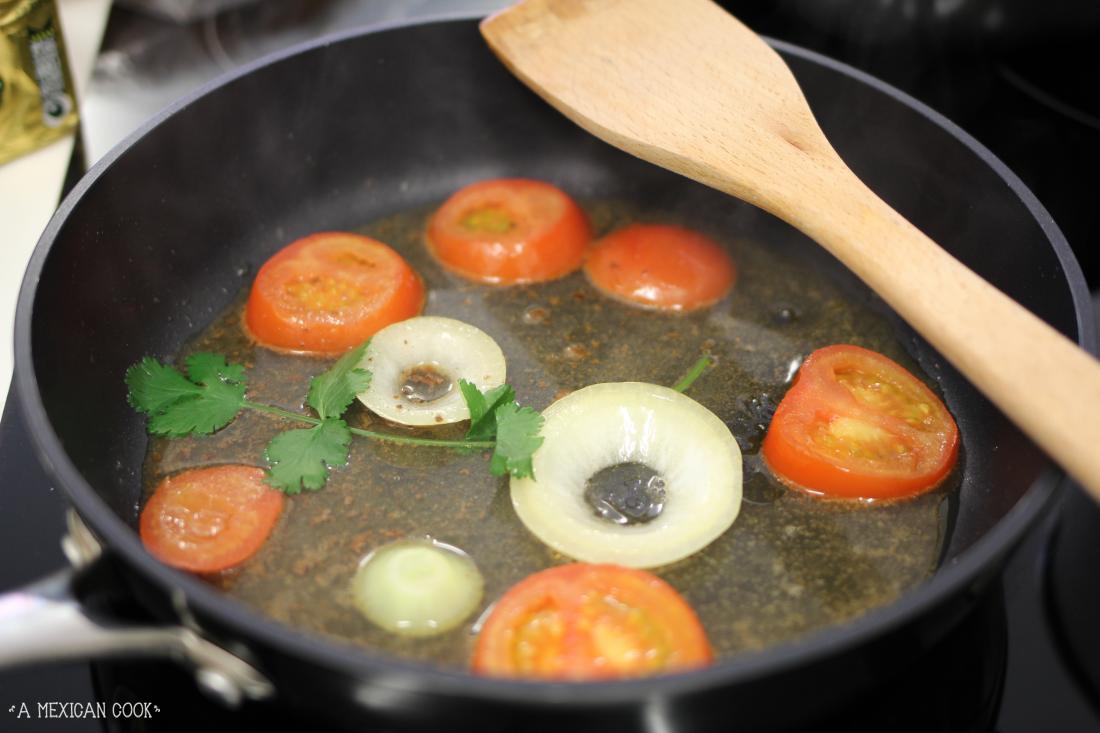
By now, your cinnamon infusion should be ready, so carefully, pour it into the pan/pot where the other ingredients are frying and follow by adding the piloncillo and the orange slices. Bring this to the boil and simmer until the piloncillo has melted completely and the orange slices are well cooked, this should take approximately 10 to 15 minutes max. Stir occasionally to make sure things mix well.
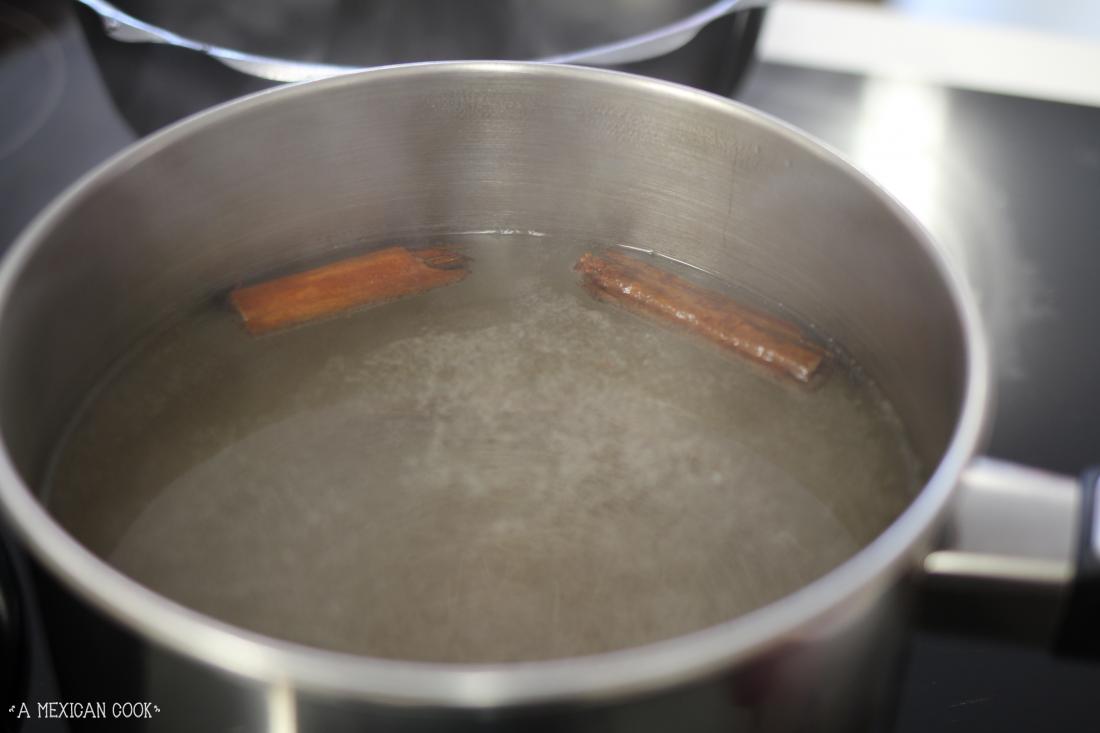
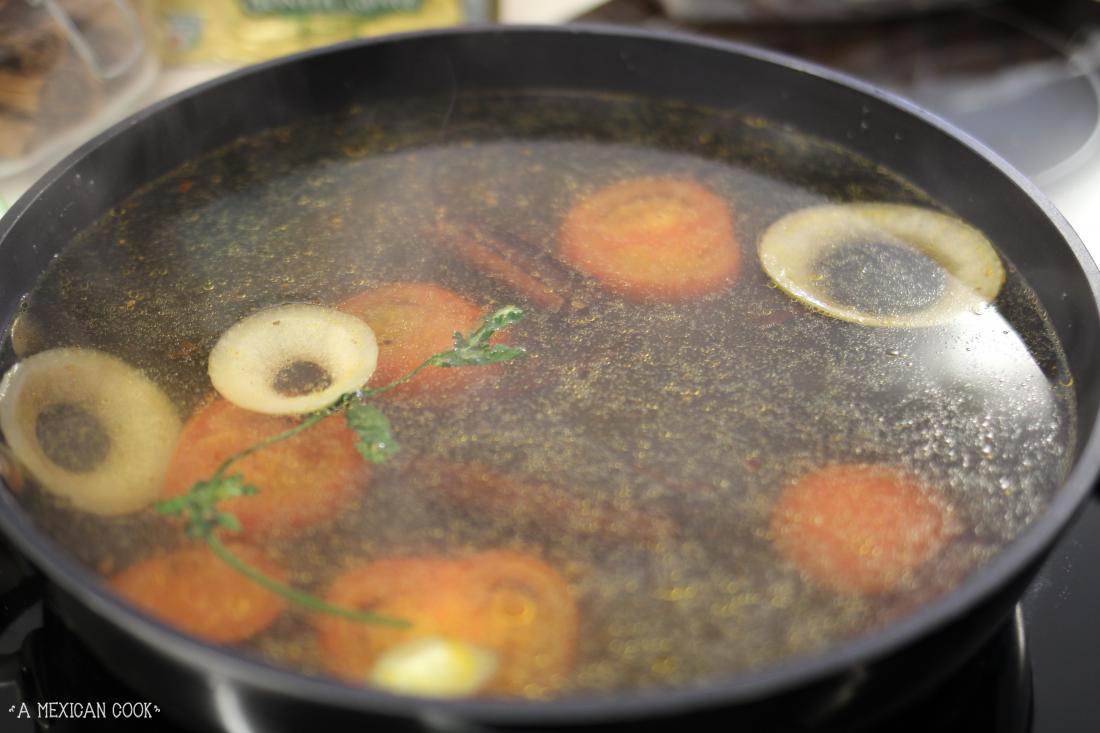

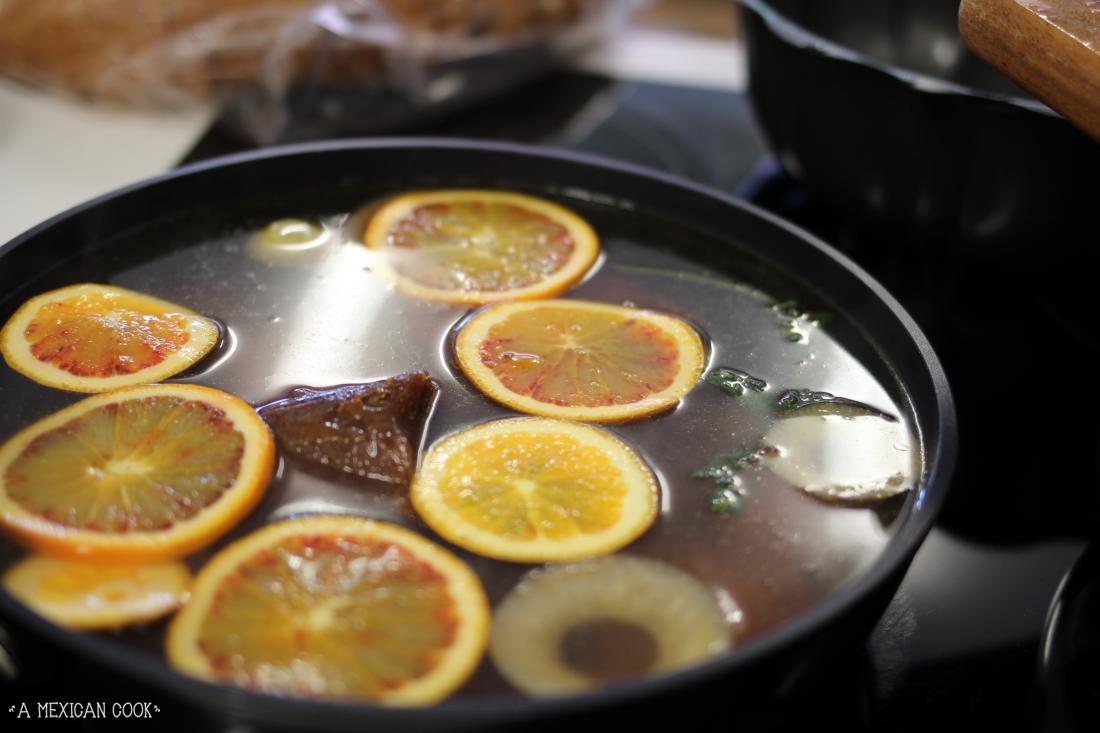
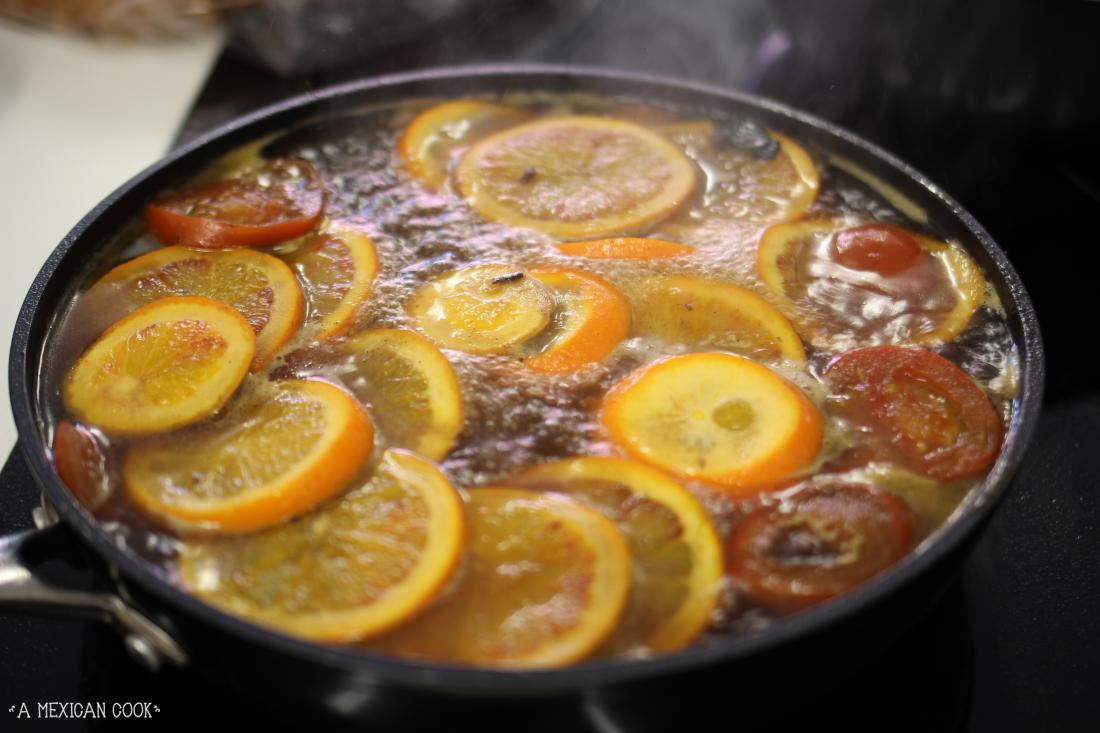
While the syrup above is cooking, get on with toasting your slices of bread. I used a white, airy loaf of bread with a medium crust. But rolls will work too! Don't got for sourdough bread as it tends to be very crusty and it would change the taste of the dish. For toasting, I used a non-stick pan at medium high heat and toasted the bread on both sides. As the toasted slices come out, set them aside.
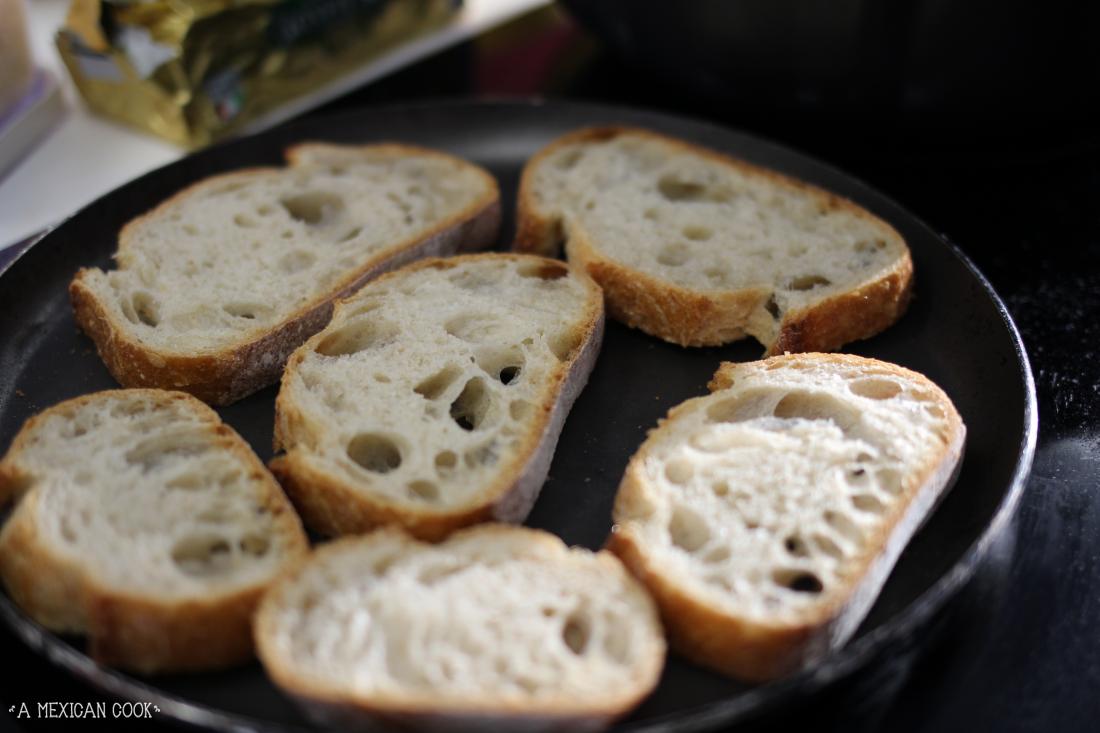
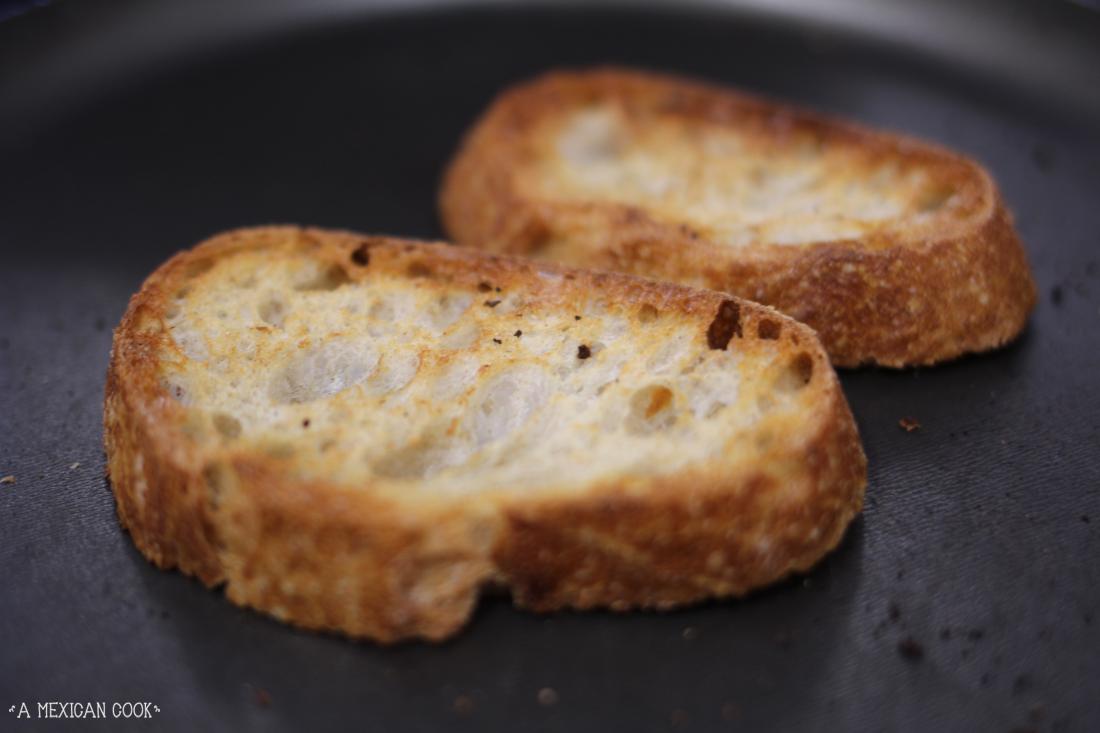
By the time you finish toasting the bread, the syrup should be finished. Take it off the heat and gently pull all of the slices of orange out and put them into a plate. Strain the syrup (it's quite runny) and discard the rest of the bits. Reserve the syrup and the orange slices for later. Set the remaining of the ingredients on the work top, including the tin that you oiled on step one, the syrup and the toasted bread and get ready to assemble the dish.

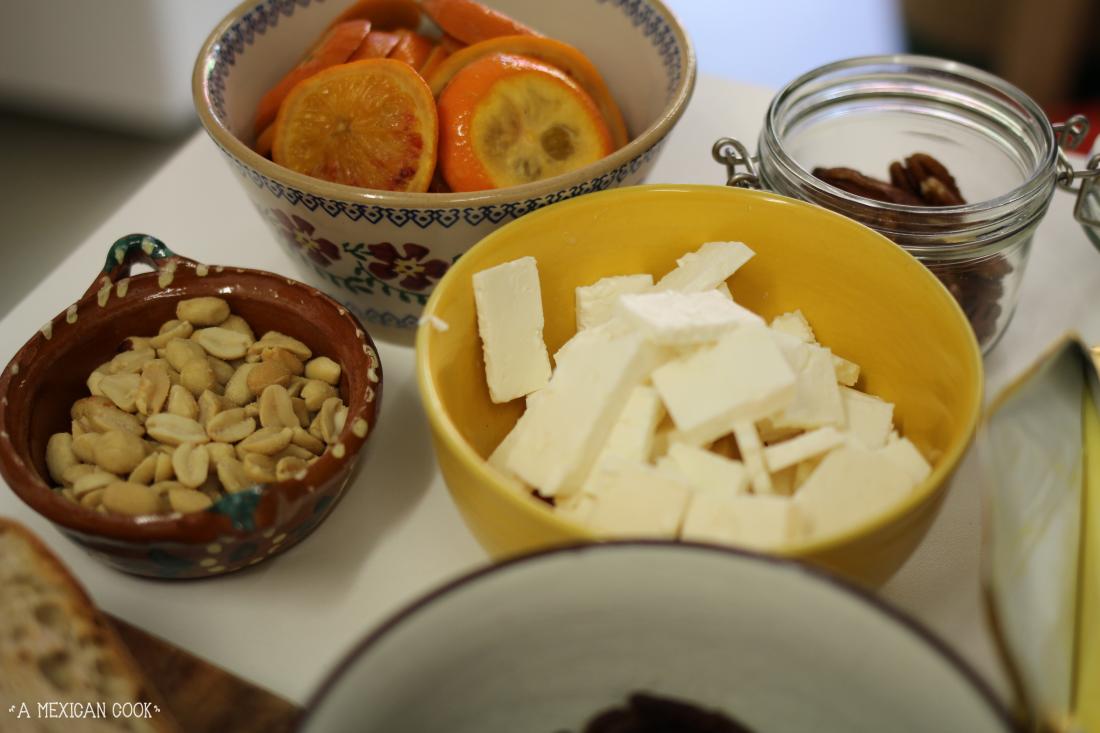

Using a pair of kitchen tongs, deep a slice of toasted bread into the warm syrup making sure to submerge the bread well so it is well soaked and has absorbed plenty of the black, fragrant syrup. Place the bread at the bottom of the tin and repeat the step until you have a full layer of soft bread slices at the bottom of the pan.

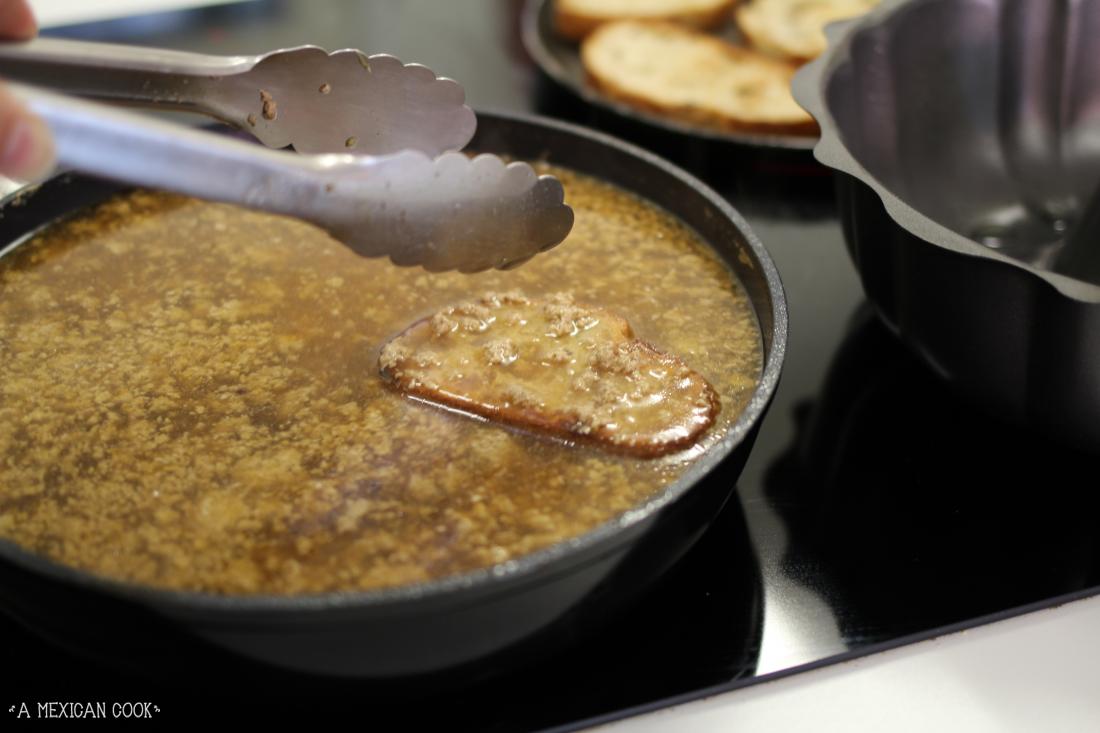
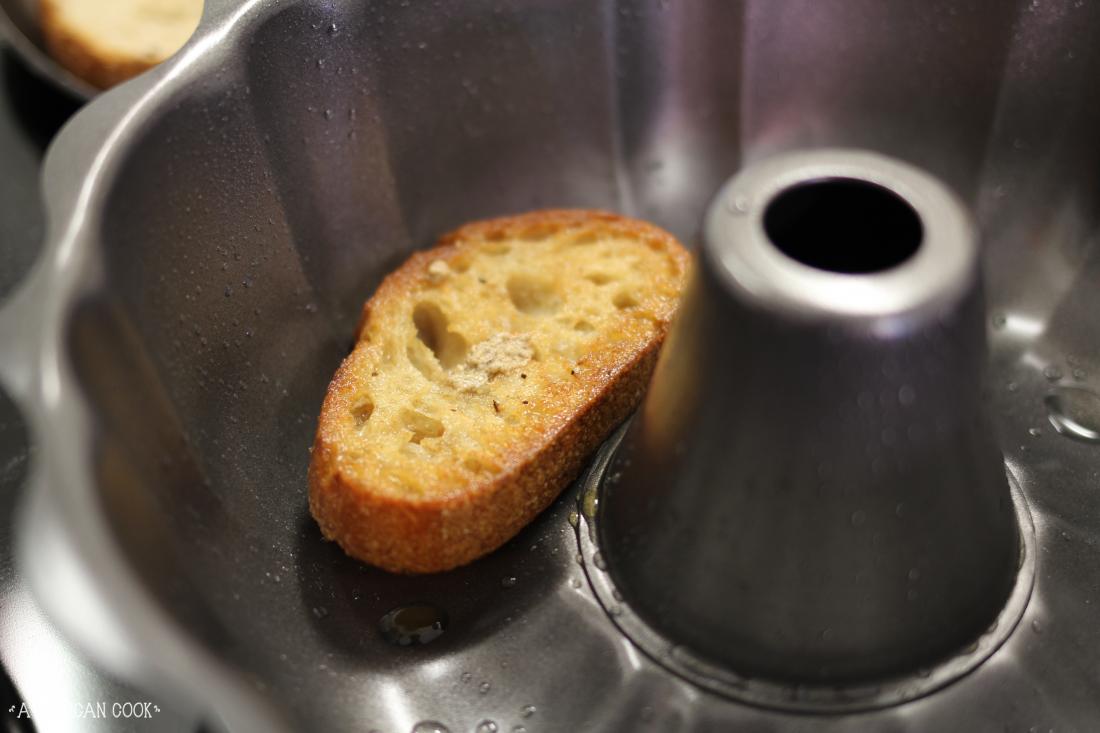

Next, add 4 or 5 slices of cooked oranges on top of the bread. Follow by adding a generous sprinkle of sultanas, a few slices of feta cheese, peanuts, pecans and slices of banana. Then add a generous sprinkle of dried coconut. Finish off the layer with a few knobs of butter.

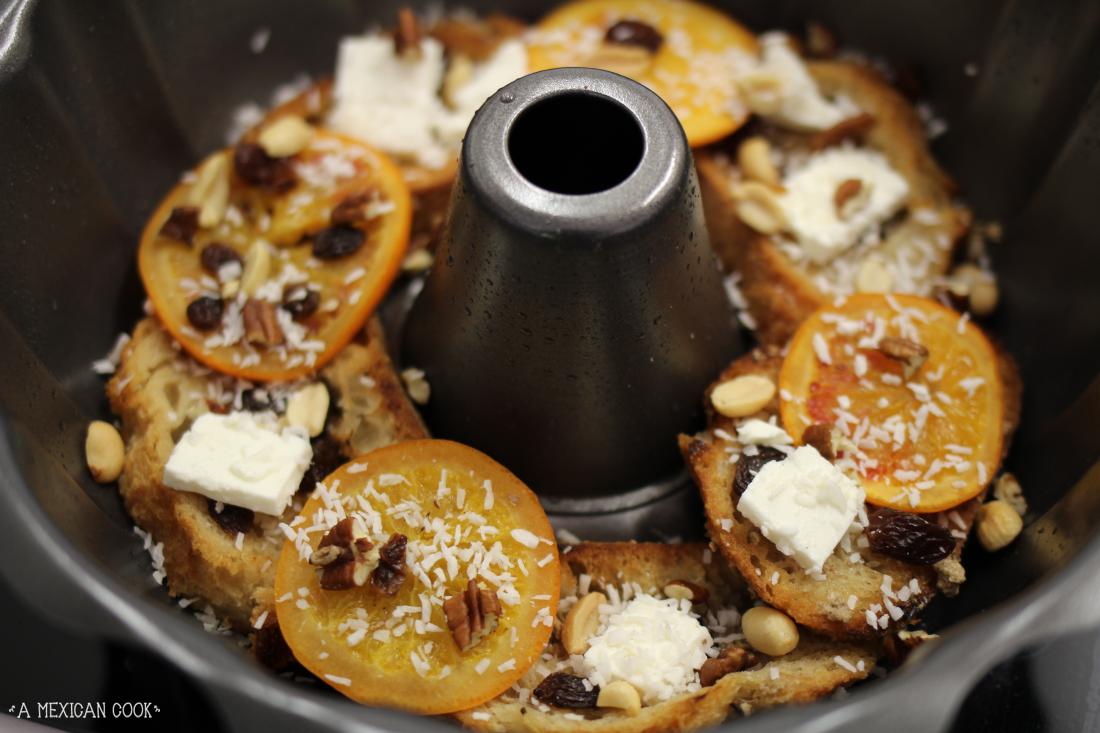

Repeat steps 8 and 9 twice until you have used all your ingredients. This should give you 3 good layers in the tin. Spoon in the leftover of syrup evenly across the top of the tin and make sure to reserve 4 or 5 slices of orange and some coconut to put on top of the capirotada if you want to unmold it from the tin!

Bake the capirotada in a pre-heated oven at 180 Celsius for 15 minutes or until the top has browned and the bread looks crispy. Remove from the oven and let it cool in the tin for at least 30 minutes. Turn into a plate and decorate with the reserved oranges and more coconut.
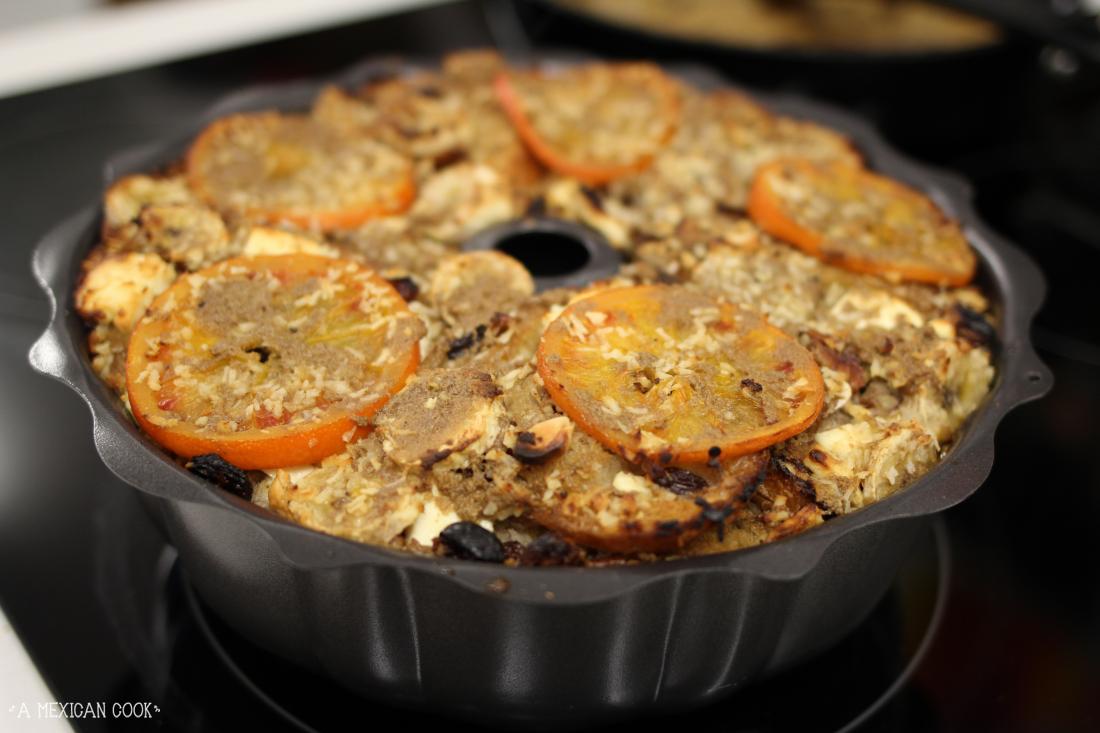
Your Capirotada is done! You can serve it hot or cold. I love it slightly warm with a nice cup of coffee! It keeps well for 3 or 4 days! Hope you enjoy it as much as we did!




